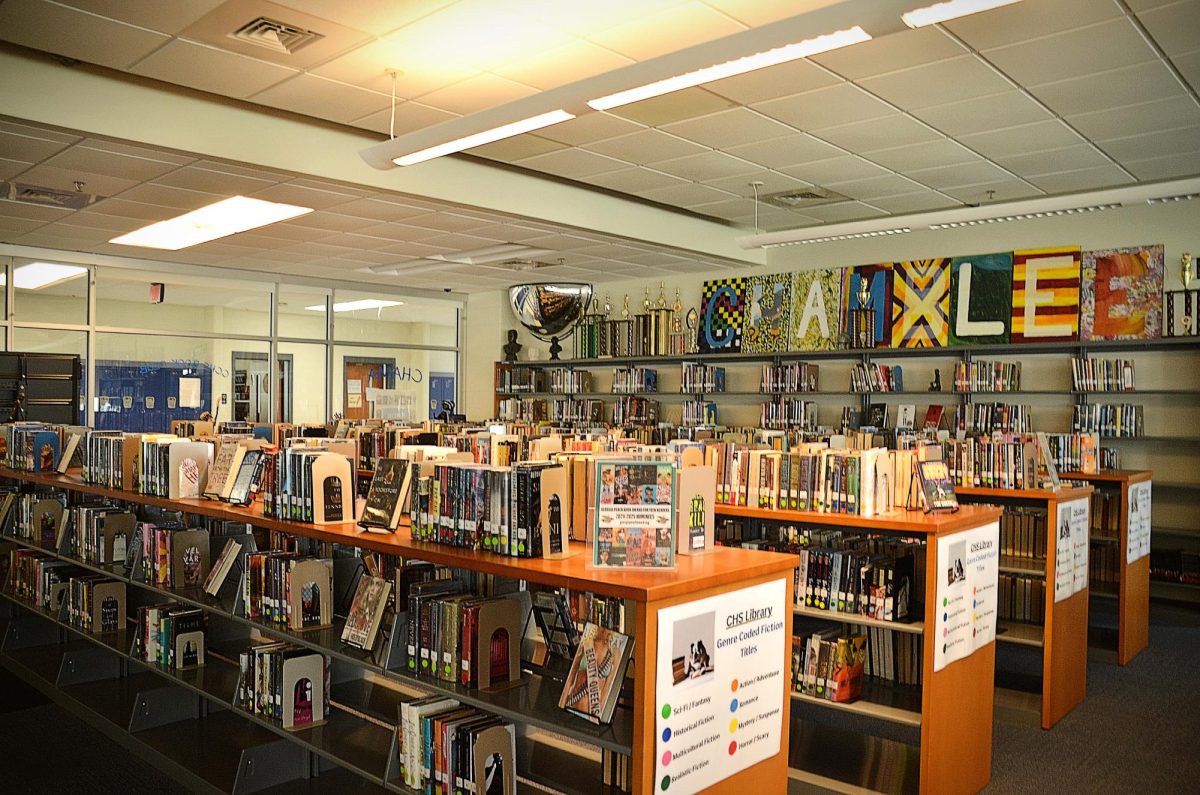Brain rot, or brainrot, is a term that describes content that is so low quality it feels like it might be rotting your brain. Brainrot has grown so prevalent that it was named Oxford Word of the Year. It’s what many older generations would see as foolish and mind-numbing; however, younger generations have grown to love brainrot for a plethora of reasons. But where did brainrot come from?
Brainrot has existed on the internet for a long time. Internet memes on apps like Vine have existed for a long time. Juliet Gonzalez (‘27) traces the start of present-day brainrot to the pandemic in 2020; specifically, through Among Us memes.
“In quarantine, we were bored and left to do nothing,” said Gonzalez, “which resulted in strange memes about Among Us. I think this is different from the brainrot we saw before quarantine, which moved at a much slower pace.”
Annabelle Shim (‘26) also noted that the form of brainrot seen today came from making fun of Gen Alpha and their lingo. Gen Z originally used Gen Alpha words ironically, but the jokes became so predominant that they became a part of Gen Z lingo as well.
However, these ‘Gen Alpha words’ are not the only type of brainrot. Students had many different ways to describe what brainrot was to them.
“Brain rot is life. I eat, sleep, breathe, brainrot. I speak brainrot. I am brainrot,” said Sophia Kearns (‘26), who enjoys making brainrot references with friends.
Summer Palmer (‘27) also defined what brainrot meant to her.
“To me, brainrot is being filled with slang and words off of social media… Like everything you say is something from social media,” said Palmer.

Students have a wide range of trends they enjoy. Gonzalez loves meme cats, like Vro, or Mei Mei.
“There are many cats in the brainrot community,” said Gonzalez, “but my favorite of this year would be Vro. Her name is Mei Mei and she was adopted off the streets. She went viral after funny photos were posted of her online.”
There are many different types of brainrot content online, so there was a wide range of favorites among students.
Antony Costello (‘25) and Isaiah Higgins (‘25) both mentioned the notably massive brainrot joke about Twitch streamer Ninja getting a low taper fade.
Other brainrot memes included The Rizzler, Sigma, John Pork, Meaty Mike, ‘this is for my winter arc, and ‘knee surgery tomorrow’. Students also went on and on about the ‘purple heart’ brainrot, which became popular on TikTok towards the end of summer.
Sasha Lapayeva (‘27) has watched the rise of purple heart memes and traced it back to when Donatella Versace commented “Donatella VERSACE💜” on Bella Hadid’s post. Screenshots of that quickly circulated on X, previously known as Twitter. The format of capitalizing the last word and placing a purple heart emoji after it was then added to many memes on Twitter, like “Mama a girl behind YOU💜” and “what I DO💜.”
It is clear that brainrot is here to stay, and students have many guesses as to where brainrot will go.
“In, I don’t know, 10-20, years, we’re gonna have a new lingo,” said Dani Singapuri (‘26). “I think it’ll be slowly embedded in small pop culture references for the future to come.”
There are always questions on the down-sides for brainrot. While many students find it harmless fun, others are concerned about the impact of brainrot. Students find the overuse of brainrot annoying, and at times, concerning.
“[Brainrot makes] you rely on crutch words like, skibidi,” said Maven Bolick (‘27), “and these Gen Alpha kids are saying it in every part of their conversation. I think that kind of builds a bad habit of using filler words.”
Lia Tran (‘27) also has issues with brainrot. She mentions how memes quickly become overused, making them annoying.
“I think it’s funny to a limit,” said Tran. “Because if you’re constantly joking about something it gets annoying.”
Teachers also have opinions on brainrot. Jennifer Andriano has noted a rise in distracted students that could be an effect of brainrot. She mentioned how certain words that have come from brainrot tend to contribute to students being off-topic during instruction time.
“I noticed that [brainrot] gets them off-topic,” said Andriano. “It gets them very unfocused very fast. Somebody will say something, and I feel like there’s this immediate reaction from students.”
Is brainrot just a silly thing students quote, or is it a serious problem? Will there be long-term issues and when will they resurface?
Brainrot is a prime aspect of many teenagers’ lives and is the source of many niche jokes. New brainrot will probably be circulating before the end of the year due to its fast pace. But for now, brainrot will likely remain central to many teens due to the simplicity of it.
“I think that the community of brain rot is really welcoming,” said Kearns. “We all enjoy brain rot together, and I think it makes it really enjoyable for all of us.”















marvin • Sep 5, 2025 at 12:16 pm
our generation is cooked…
Sarah Hayes • Dec 6, 2024 at 4:51 pm
don’t even go to this school but this was FIRE 💜
Sela Sokol • Dec 4, 2024 at 11:12 pm
Noa ZILBER 💜
Mara Lonsbury • Dec 4, 2024 at 7:18 pm
this was fire
Elise Taylor • Dec 4, 2024 at 6:59 pm
Skibidi toliet rizz